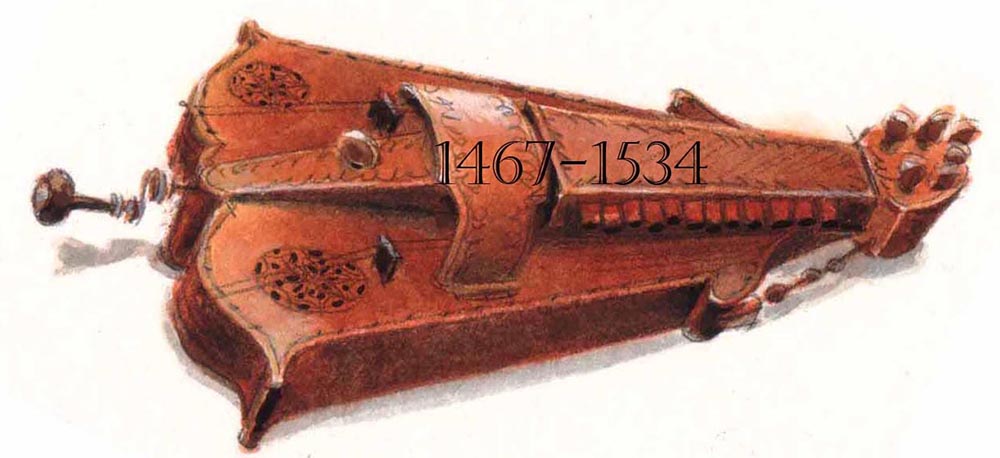
In the early 1470s, music started to be printed using a printing press. Music printing had a major effect on how music spread for not only did a printed piece of music reach a larger audience than any manuscript ever could, it did it far cheaper as well. Also during this century, a tradition of famous makers began for many instruments. These makers were masters of their craft. An example is Neuschel for his trumpets.
Towards the end of the 15th century, polyphonic sacred music (as exemplified in the masses of Johannes Ockeghem and Jacob Obrecht) had once again become more complex, in a manner that can perhaps be seen as correlating to the stunning detail in the painting at the time. Ockeghem, particularly, was fond of canon, both contrapuntal and mensural. He composed a mass, Missa prolationum, in which all the parts are derived canonically from one musical line.
It was in the opening decades of the next century that music felt in a tactus (think of the modern time signature) of two semibreves-to-a-breve began to be as common as that with three semibreves-to-a-breve, as had prevailed prior to that time.
In the early 16th century, there is another trend towards simplification, as can be seen to some degree in the work of Josquin des Prez and his contemporaries in the Franco-Flemish School, then later in that of G. P. Palestrina, who was partially reacting to the strictures of the Council of Trent, which discouraged excessively complex polyphony as inhibiting understanding the text. Early 16th-century Franco-Flemings moved away from the complex systems of canonic and other mensural play of Ockeghem's generation, tending toward points of imitation and duet or trio sections within an overall texture that grew to five and six voices. They also began, even before the Tridentine reforms, to insert ever-lengthening passages of homophony, to underline important text or points of articulation. Palestrina, on the other hand, came to cultivate a freely flowing style of counterpoint in a thick, rich texture within which consonance followed dissonance on a nearly beat-by-beat basis, and suspensions ruled the day (see counterpoint). By now, tactus was generally two semibreves per breve with three per breve used for special effects and climactic sections; this was a nearly exact reversal of the prevailing technique a century before.





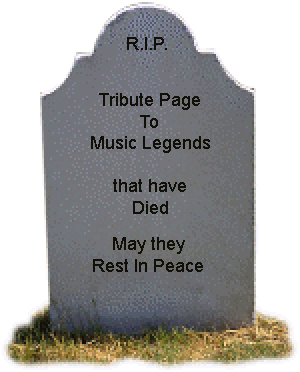
| Name | Dates | Age | Details | |
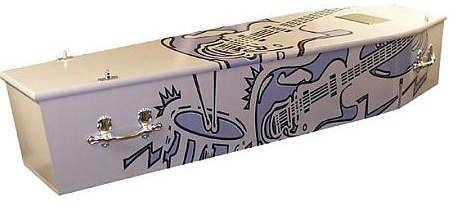 |
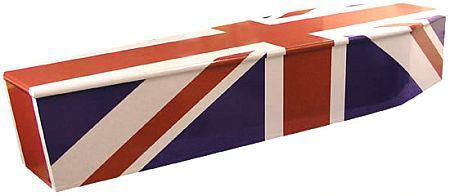 |
|
|
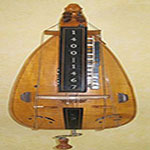 |
 |
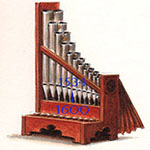 |
|
|
|
Please address any comments concerning this page to The Music Maestro Mark Chard BSc, PLY |
Page created: 8th February 2013 Last edited: 17th October 2013 |